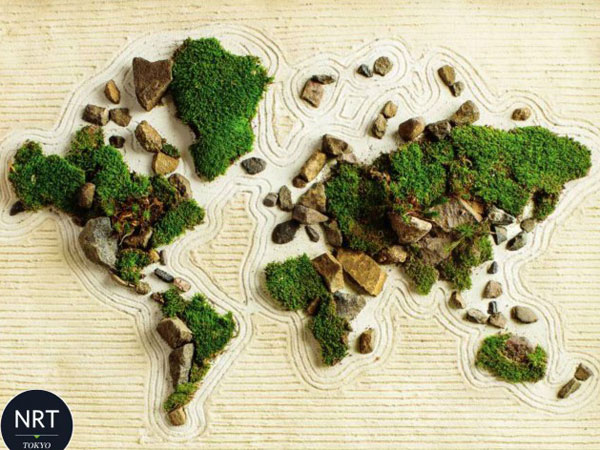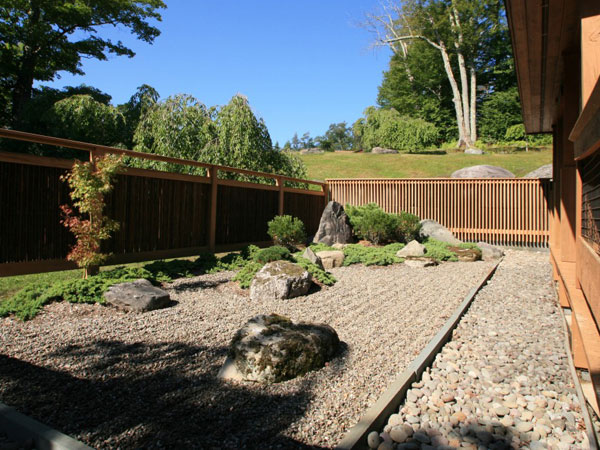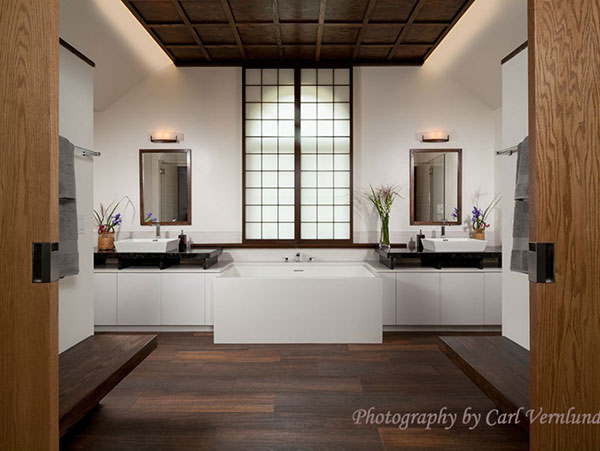Blog
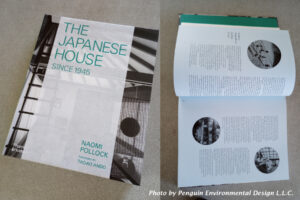
Kenzo Tange’s Own House
I read the interesting book, “The Japanese House Since 1945”, written by Naomi Pollock. It introduces lots of houses designed by architects. In addition to the chronological explanation of the architectural history, unlike other architecture design books, Her book focused on the families who lived in the houses. That made
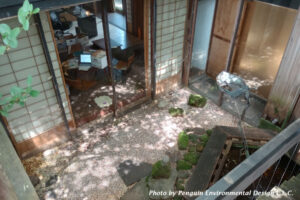
From the Outside In
“From the outside in” is our company’s motto. When we design a house, we always think about achieving an intimate relationship with its garden. Not to mention designing a garden. This idea is rooted in Japanese culture. It is natural for us. There are many houses shut to the outside.
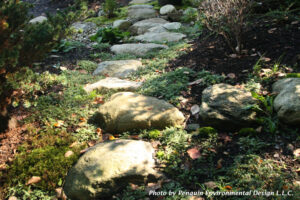
Meditative Walk
“Meditative walk” is a way to ease stress and achieve mindfulness. Usually, normal walking makes us feel refreshed and relaxed. When we keep strides, our heart rates increase. But in the meditative walk, we move slowly to pay attention to every step. Such an intentional movement causes our heart rate
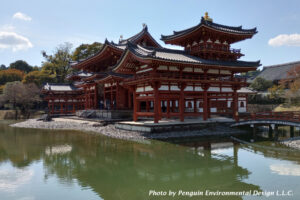
Garden for Pure Land
Historically, no matter where it is, some gardens have been the place where people materialize their ideal world. Gardens in Japan are no exception. Buddhism was introduced to Japan in the sixth century. Then, it made people visualize the image of the place where they wanted to be after death.
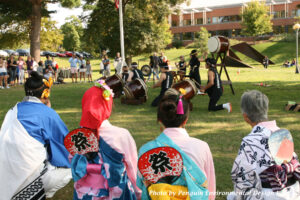
Space of Bon-Odori festival
We joined the Bon-Odori dance festival by Japan Society of Fairfield County last Saturday. It was very fun! Many people enjoyed dancing and watching performances related to Japanese culture. Generally, Bon-Odori dance is not complicated or difficult so anyone from children to older people can dance it. Bon-Odori dance is
Categories
- Architecture (24)
- Blog (62)
- Japanese Architecture (13)
- Japanese Garden (25)
- Landscape Architecture (28)
- Space for Well-being (20)
- Talk (10)
- Urbanism (4)
- Workplace (4)
Archives
- May 2024 (1)
- April 2024 (1)
- March 2024 (1)
- January 2024 (1)
- December 2023 (2)
- August 2023 (1)
- July 2023 (1)
- April 2023 (1)
- September 2022 (1)
- June 2022 (1)
- May 2022 (1)
- April 2022 (1)
- March 2022 (2)
- November 2021 (1)
- August 2021 (1)
- May 2021 (1)
- November 2020 (1)
- April 2020 (2)
- March 2020 (1)
- February 2020 (1)
- January 2020 (1)
- December 2019 (5)
- September 2019 (1)
- August 2019 (1)
- June 2019 (1)
- April 2019 (1)
- April 2018 (1)
- February 2018 (1)
- December 2017 (2)
- November 2017 (1)
- August 2017 (2)
- July 2017 (3)
- June 2017 (2)
- March 2017 (1)
- August 2016 (1)
- July 2016 (1)
- June 2016 (3)
- May 2016 (2)
- March 2016 (2)
- February 2016 (1)
- January 2016 (2)
- December 2015 (3)
- November 2015 (3)
- October 2015 (2)
- September 2015 (2)
- August 2015 (1)
Follow us
Contact us
Penguin Environmental Design
56 Lynmoor Place, Hamden, CT 06517
info@pedarch.com
Blog

Kenzo Tange’s Own House
I read the interesting book, “The Japanese House Since 1945”, written by Naomi Pollock. It introduces lots of houses designed by architects. In addition to the chronological explanation of the architectural history, unlike other architecture design books, Her book focused on the families who lived in the houses. That made

From the Outside In
“From the outside in” is our company’s motto. When we design a house, we always think about achieving an intimate relationship with its garden. Not to mention designing a garden. This idea is rooted in Japanese culture. It is natural for us. There are many houses shut to the outside.

Meditative Walk
“Meditative walk” is a way to ease stress and achieve mindfulness. Usually, normal walking makes us feel refreshed and relaxed. When we keep strides, our heart rates increase. But in the meditative walk, we move slowly to pay attention to every step. Such an intentional movement causes our heart rate

Garden for Pure Land
Historically, no matter where it is, some gardens have been the place where people materialize their ideal world. Gardens in Japan are no exception. Buddhism was introduced to Japan in the sixth century. Then, it made people visualize the image of the place where they wanted to be after death.

Space of Bon-Odori festival
We joined the Bon-Odori dance festival by Japan Society of Fairfield County last Saturday. It was very fun! Many people enjoyed dancing and watching performances related to Japanese culture. Generally, Bon-Odori dance is not complicated or difficult so anyone from children to older people can dance it. Bon-Odori dance is
Categories
- Architecture (24)
- Blog (62)
- Japanese Architecture (13)
- Japanese Garden (25)
- Landscape Architecture (28)
- Space for Well-being (20)
- Talk (10)
- Urbanism (4)
- Workplace (4)
Archives
- May 2024 (1)
- April 2024 (1)
- March 2024 (1)
- January 2024 (1)
- December 2023 (2)
- August 2023 (1)
- July 2023 (1)
- April 2023 (1)
- September 2022 (1)
- June 2022 (1)
- May 2022 (1)
- April 2022 (1)
- March 2022 (2)
- November 2021 (1)
- August 2021 (1)
- May 2021 (1)
- November 2020 (1)
- April 2020 (2)
- March 2020 (1)
- February 2020 (1)
- January 2020 (1)
- December 2019 (5)
- September 2019 (1)
- August 2019 (1)
- June 2019 (1)
- April 2019 (1)
- April 2018 (1)
- February 2018 (1)
- December 2017 (2)
- November 2017 (1)
- August 2017 (2)
- July 2017 (3)
- June 2017 (2)
- March 2017 (1)
- August 2016 (1)
- July 2016 (1)
- June 2016 (3)
- May 2016 (2)
- March 2016 (2)
- February 2016 (1)
- January 2016 (2)
- December 2015 (3)
- November 2015 (3)
- October 2015 (2)
- September 2015 (2)
- August 2015 (1)
Follow us
Contact us
Penguin Environmental Design
56 Lynmoor Place, Hamden, CT 06517
info@pedarch.com
